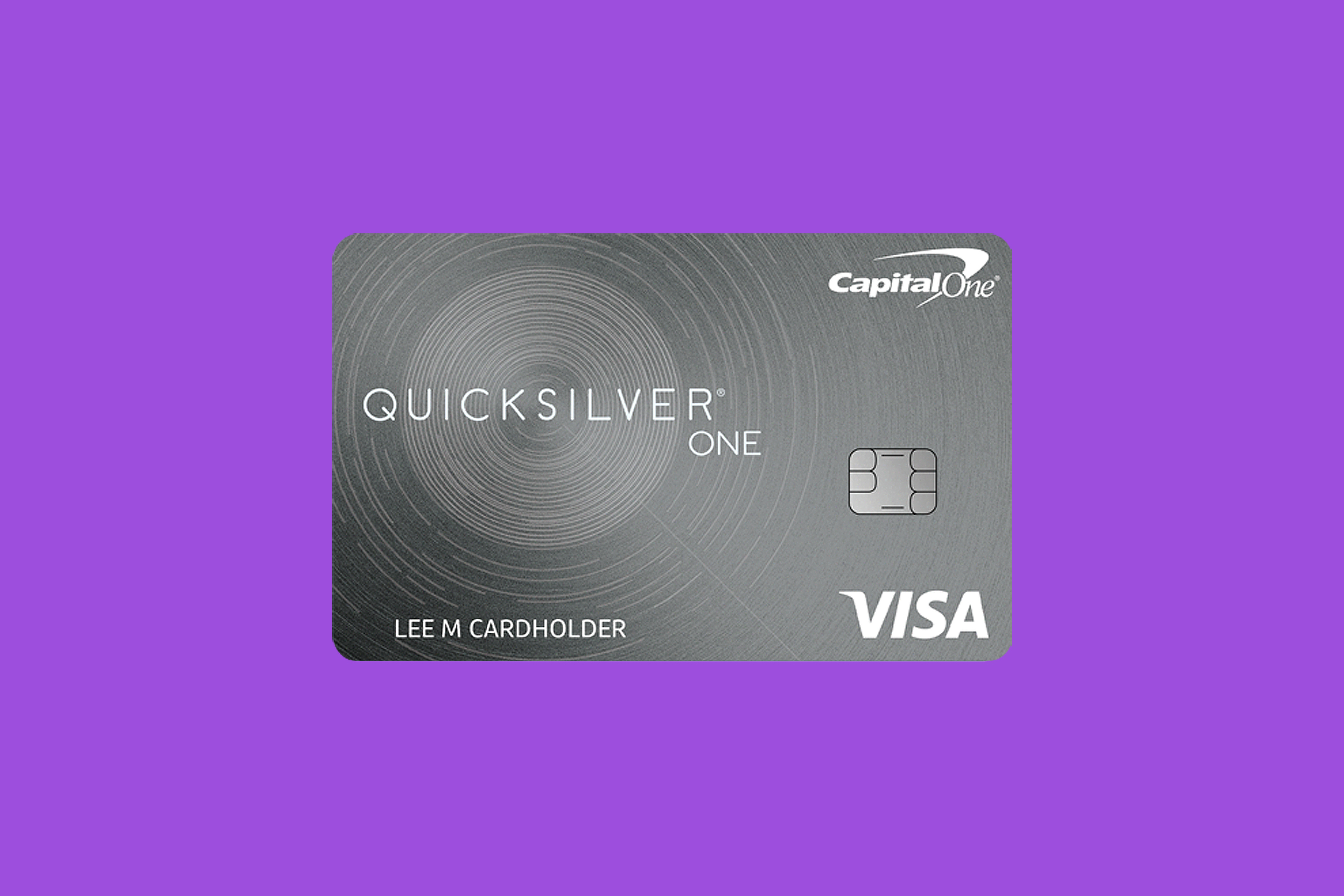

This method allows them to pay for the bills together, save together, but spend separately. Many couples enjoy this method because it ends the money fights. Couples and Money: End Money Fights with your Spouse Be aware that multiple chequing accounts will likely cost you extra bank fees, so it’s best to take out the cash each payday and divide it into envelopes or jars instead. If you'd like to divide your spending cash into different categories such as groceries, gas, or clothes, you can do that too. Simply set up your automatic transfers into the various savings accounts instead of putting it all into one big savings account. Your financial institution should not charge you for opening multiple savings accounts. Many people prefer to have multiple savings accounts for their various goals, and name them “Trip” or “Auto Maintenance” savings. If you’d rather have multiple savings or chequing accounts you can still find ways to budget your money.

Ways to Budget and Save with Multiple Savings or Chequing Accounts This way, you will know to leave the money for bills, leave the savings for the items or events they are intended for, and you will know exactly what you have available as spending money. Have all of your income go into your “fixed expenses” account on payday, and set up automatic transfers to transfer the amount you need to save into your savings account, and the amount you have for spending into your spending account, each payday. Setting up automatic transfers to transfer funds from where they're deposited into your different chequing and savings accounts is the easiest way to manage your money properly. Step 3: Set Up Automatic Transfers Into Chequing and Savings Accounts for a Spending Plan that Works Your total for variable costs is how much spending money you have in a month. The total for your savings expenses tells you how much you should be setting aside in your savings account each month to be prepared for irregular expenses, emergencies, and save for your goals. The total for your fixed expenses category will tell you how much money you need to have in your “fixed expenses” bank account each month in order for all of your bills to be paid. Pull out your calculator and total up each of the three categories in your budget. The simplest way to set up your bank accounts is by having one bank account for fixed expenses, one savings account for savings expenses, and one chequing account for variable costs.
#MYMONEY ONE ACCOUNT HOW TO#
Once you have highlighted every line of your budget into one of three categories, it's time to learn how to organize your bank accounts so you can manage that money effectively. Step 2: Learn How To Organize Bank Accounts and Manage Money Not sure which costs are which? Learn the definitions and read through examples of fixed, savings, and variable expenses here. Choose one colour for fixed expenses, one colour for savings expenses, and one colour for variable costs. Since we all love simplicity, grab your budget and 3 different coloured highlighters, and go through your budget line by line. Learning how to budget your money with fixed, savings, and variable expenses can be as simple or as difficult as you want it to be. Let’s get started! Step 1: Budget Your Money into Fixed, Savings, and Variable Expenses By the end of this article, you will learn how to set up your chequing and savings accounts in a way that will allow you to pay your bills on time, save money each month, and have spending money for buying what you need (and want!). Once you've created a balanced budget for your money, it’s time to put that budget into action by organizing your bank accounts into three categories fixed, savings, and variable expenses.


 0 kommentar(er)
0 kommentar(er)
